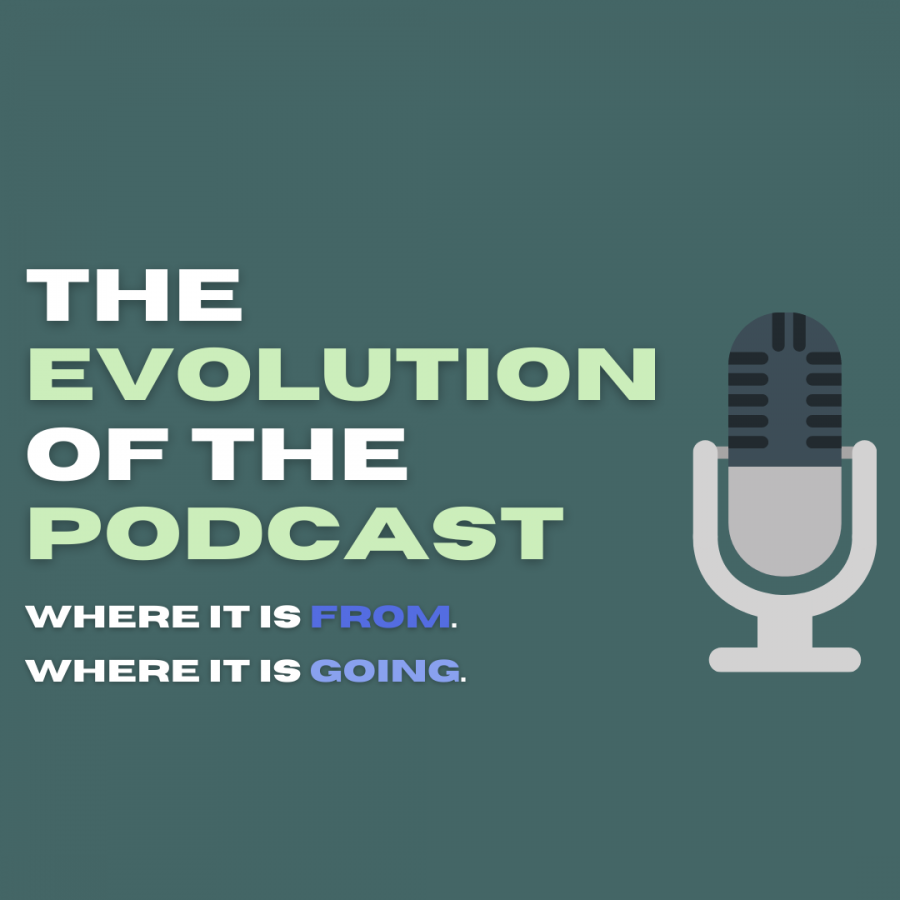The Evolution of the Podcast
Formally only known as “audio blogging,” the foundation for the popular media format we know today ties back to the 1980’s and came into its new title in 2004, when “iPod” was combined with “broadcast” to create–the podcast.
Although, audio blogging and podcasting are often interchanged, the two have a few main differences: audio blogs are characteristically shorter in length and usually have a more flexible in structure and content.
Podcasts are a series of episodes produced on a digital audio file that are available to browse, download and listen to on demand. Over the course of time, people have worked podcast listening into their daily lives, so much so that it is something people regularly opt for on drives, put on while cleaning, work out to, etc. It is a fairly new yet simple format that seems to resurge every few years.
The 21st century podcast was first initiated in 2000 by MTV personality Adam Curry and Dave Winer. Collectively, the two created a way for a radio broadcast to be downloaded and ready to listen to on the go. Winer authored the Really Simple Syndicator (RRS) software and Curry coded a program called “iPodder” which finally allowed for MP3 files to be moved from radio to iTunes. Other developers were invited to build on the idea, and after multiple audio downloader sites later, long formed digital audio episodes began their gradual rise in popularity.
Today, more and more apps are being developed to host, create and edit podcasts. Apps like Pocket Cast, Overcast, TuneIn, Apple Podcast and Spotify are some of the most popular to stream on and have a variety of selections for both new and old listeners.
Spotify only began to carry podcasts a few years ago, but it has quickly become one of the largest podcast directors in the world. According to eMarketer, Spotify is set to surpass Apple Podcasts’ listening numbers and continue to widen the gap between the two applications as years pass on.
The growing draw to this type of easy-access episodic content is representative of the how storytelling continues to persist in some scope outside of TV, books, music, and film. Spoken-word storytelling has remained popular in videos on apps like YouTube (who hosts podcasts as well), and TikTok because of their ability to connect and take glimpses into the lives of people all over the world.
Over the past decade and a half, the podcast has broadened the spectrum to include individuals of professional and nonprofessional entities with topics ranging in a wide variety. Some of the most prominent and general topics include, Society and Culture, TV and Film, News, Comedy and Sports. However, genres go even further to include others like True Crime, Paranormal Activity, Self-Care, Beauty, Social Media News and hundreds of other genres and sub-genres.
With the number of American regular podcast listeners growing to over 100 million in 2020, people have increasingly realized that they could find an audience in unexpected places and find a community to discuss things that may be a niche hobby or topic.
In 2020, thousands of podcasts were started during quarantine and many are continuing to pop up with no sign of stopping soon.

